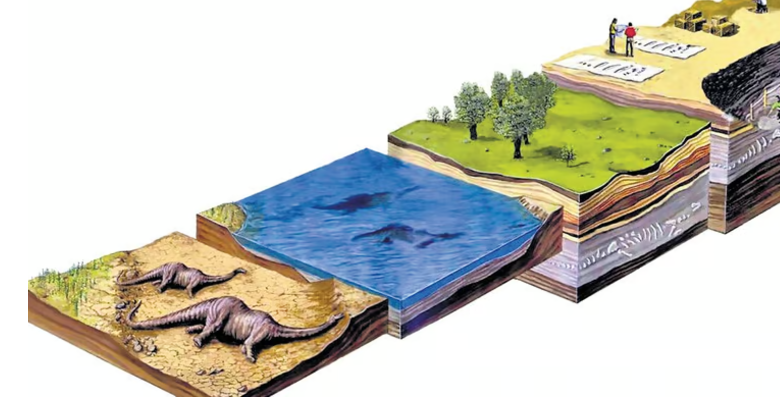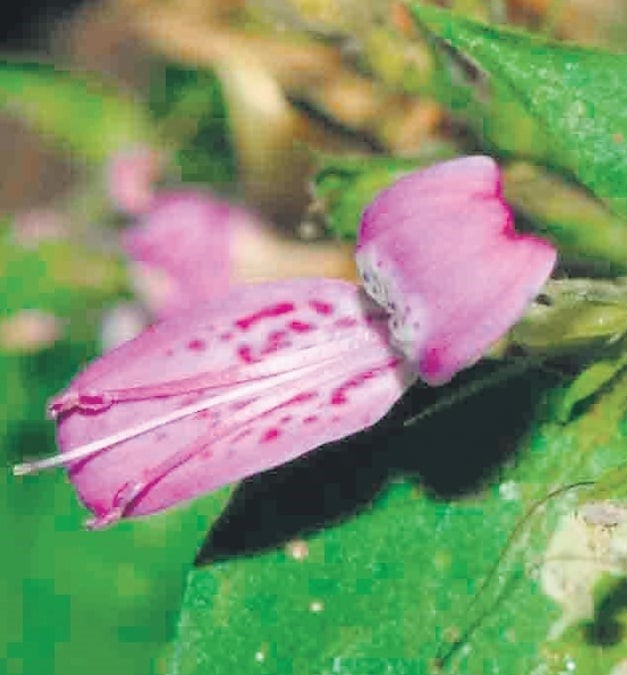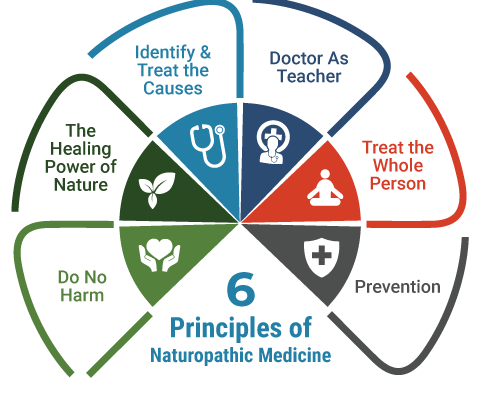One Day One Genome
Recently, One Day One Genome initiative was launched to harness the microbial potential of India on the 1st foundation day of BRIC held in National Institute of Immunology (NII).
- It will highlight the unique bacterial species found in our country and emphasize their critical roles in environment, agriculture and the human health.
- Introduced by
- Department of Biotechnology (DBT)
- Biotechnology Research and Innovation Council (BRIC).
- Aim – To release a fully annotated bacteriological genome isolated in the country freely available to the public.
- Role – This will be complemented with a detailed graphical summary, infographics and genome assembly/annotation details.
- These documents will thus give an idea about the scientific and industrial use of these microbes.
- Consequently, microbial genomics data will become more accessible to the general public, scientific researchers and thereby stimulate discussions; innovations directly benefit the entire community and ecosystem.
Genome sequencing will allow the visualization of the hidden potential of the microbial world to the community at large. Sequencing data can be analyzed to identify the genome encoded capacities for various important enzymes, antimicrobial resistance, bio active compounds etc.
- Significance – It will lead to the benefit of better protection and management of our environment, development in agriculture and improvement in human health.
Relevance of Microorganisms
- In environment – They play an important role in all biogeochemical cycles, soil formation, mineral purification, degradation of organic wastes and toxic pollutants along with methane production.
- Cumulatively they help to maintain the homeostasis in our planet.
- In agriculture – They help in nutrient cycling, nitrogen fixation, maintaining soil fertility, controlling pest and weeds and stress responses. In Flora- Microorganisms symbiotically associate with plants and help them in nutrient and water uptake.
- In humans – They outnumber the number of human cells in a human body and are essential for our digestion, immunity and even mental health.
- All infectious diseases are mainly caused by pathogenic microorganisms on the other hand non-pathogenic microorganisms are indispensable for our defense against infectious diseases.
Reference
PIB| Launch of One Day One Genome Initiative
Fossilisation
Fossils provide snapshots of ancient life and environment when they existed in living form, offering invaluable insights into the history and evolution of nature.
- Fossilisation – It is the process by which organic materials like plants, animals, and other life forms, are preserved in the Earth’s crust over geological time.
- Formation – It is a rare occurrence in natural form as most organisms decay before they can become fossilised.
- It can take anywhere from thousands to millions of years.
- Conditions for formation – The organism must be buried quickly after death as scavengers, bacteria, and environmental factors like weathering and decay, will break it down.
|
Ideal Conditions to Preserve the Body
|
- Ideal place – It is any place with deep water, tar pits, or areas with rapid sediment deposition, where the remains may be preserved before the decomposition process can fully set in.
- Near immediate burial – It isolates the remains from environmental factors that would otherwise decompose the organism.
|
Stages of Fossilisation
- Death – Fossilisation begins the moment when it dies.
- Burial - Once an organism dies, it often ends up in a place where it is covered in sediments such as sand, mud, or volcanic ash.
- Over time, layers of sediment accumulate over the buried remains, increasing pressure on them, which causes compaction, squeezing out remaining water in the tissues.
- The type of sediment in which an organism is buried can significantly affect the type of fossil.
Aquatic organisms usually end up being buried in fine mud and silt, which are more likely to preserve structures like shells or bones, while organisms buried under volcanic ash, can result in very detailed fossils.
- Permineralisation – The minerals in the surrounding sediment replace the organic materials in the hard parts of the organism.
- It occurs when mineral rich water seeps into the pores and cavities of the hard parts and it crystallise within these spaces, preserving the original structure.
- Harder parts includes bones, teeth, shells, and wood.
- Softer parts includes muscles, skin, and organs decays rapidly.
In rare cases, under exceptional conditions like extreme freezing, mummification, or entrapment in amber, soft tissues can also be preserved.
- Mineralisation – It converts the remains into a rock-like substance, like calcium carbonate or silica can replace the original material, turning the bones or shells into fossilised forms.

Reference
The Indian Express| Fossilisation
Dicliptera srisailamica
Recently, a team of botanists from the Botanical Survey of India (BSI) had discovered a new flowering plant species in the Nagarjunasagar Srisailam Tiger Reserve.
- It is a flowering plant found in the Eastern Ghats of Andhra Pradesh & Telangana.
- It is named after the temple town of Srisailam
- Taxonomy
- Family – Acanthaceae
- Genus – Dicliptera (tropical and subtropical presence worldwide)
In India, the Dicliptera genus includes 27 species, 8 of which are endemic to the country. Andhra Pradesh alone is home to 7 recorded species, contributing significantly to the flora of the Eastern Ghats.
- Habitat – They were found in rare patches along stream banks and rocky edges.
- Features – It is an erect herb, reaching up to 90 cm, with 4-angled stems covered in fine, deflexed hairs when young.
- Its leaves are ovate, with prominent veins and smooth margins.
- It blooms with small, pink, bi-lipped flowers arranged in clusters, commonly seen from October to January.
Dicliptera srisailamica differs from Dicliptera beddomei in several ways, such as having short, downturned hairs on the stem and distinctive bracts around the flowers.
- Threat – It is susceptible to environmental disturbances.
- Conservation status – It has not yet been evaluated.

Reference
The Indian Express| Dicliptera srisailamica
Naturopathy
The 7th Naturopathy Day was celebrated at the Central Research Institute of Yoga and Naturopathy (CRIYN) in Karnataka to promote better mental and physical health through natural, drug-free therapies.
- Naturopathy – It is a unique system of medicine that promotes health by aligning with nature.
- It focuses on the body’s natural ability to heal, emphasising treatments like diet, exercise, fasting, hydrotherapy, homoeopathy, botanical medicine, detoxification, and lifestyle counselling.
- It teaches us to eat, drink, act, and live in moderation.
- It equips us with the art of self-management, enabling us to stay healthy for spiritual pursuits.

- Origin – It had its roots in Germany.
The term 'naturopathy' was 1st used by John Schell in 1895. Benedict Lust was known as the 'Father of Modern Naturopathy,' popularised it in the U.S.
- Introduction in India – It gained prominence with the translation of ‘The New Science of Healing’ by German nutritionist into Telugu in 1894 and later into Hindi and Urdu in 1904.
- It helped spread the principles of naturopathy across the country.
- States like Andhra Pradesh, Gujarat, Bengal, Maharashtra, and Uttar Pradesh played an essential role in promoting naturopathy.
Naturopathy Day is observed every year in India on 18th November since 2018, the day on which Mahatma Gandhi become a Life Member of the Nature Cure Foundation Trust and signed the deed in 1945.
Gandhiji is considered the founding figure of Naturopathy in India.
- Initiatives in India – Central Council for Research in Yoga & Naturopathy (CCRYN), Ministry of Ayush was inaugurated in Haryana in 2024.
- National Institute of Naturopathy (NIN) titled ‘NISARG GRAM’ was inaugurated in Pune, Maharashtra in 2024.
- India is going to create a chain of research and teaching institutes like Central Research Institutes in Yoga and Naturopathy (CRIYN) with 100 to 200 bed hospitals to conduct high-level research across various states.
- 2 CRIYNs, one at Karnataka, and another in Haryana, are already operational.
- India aims to establish Yoga and Naturopathy Diet Centres (YNDCs) across the nation.
Reference
- PIB| Naturopathy Day in India
- India Today| Naturopathy in India
56th Tiger Reserve of India
Recently, Union Minister for Environment, Forest and Climate Change notified the 56th Tiger Reserve in Chhattisgarh.
- Guru Ghasidas-Tamor Pingla Tiger Reserve – It is the 56th Tiger Reserve of India located in Chhattisgarh.
- The National Tiger Conservation Authority (NTCA) had accorded final approval for notifying it in 2021.
- Geographical features – It is nestled in the Chota Nagpur plateau and partly in Baghelkhand plateau thus comprises varied terrains, dense forests, streams and rivers.
- These conditions are favourable for harbouring a rich faunal diversity and contains critical habitats for the tiger.
- Area – It is spread over 2,829 square km.
- Core/critical tiger habitat spans about 2049.2 square kms comprising the
- Guru Ghasidas National Park
- Tamor Pingla Wildlife Sanctuary
- Buffer zone spans around 780.15 square kms.
Guru Ghasidas-Tamor Pingla Tiger Reserve becomes the 3rd largest tiger reserve in the country after Nagarjunasagar-Srisailam Tiger Reserve in Andhra Pradesh and Manas Tiger Reserve in Assam.
- Landscape complex – This reserve is in line with landscape approach as envisaged in India’s National Wildlife Plan.
- It is contiguous with the Sanjay Dubri Tiger Reserve in Madhya Pradesh forming a landscape complex of nearly 4500 sq.kms.
- Connection in west - Bandhavgarh Tiger Reserve, Madhya Pradesh
- Connection in east – Palamau Tiger Reserve, Jharkhand
- Biodiversity - A total of 753 species, including 365 invertebrates and 388 vertebrates, have been documented here by the Zoological Survey of India.
- The invertebrate fauna is represented mostly by the class insecta.
- The vertebrate fauna includes 230 species of birds and 55 species of mammals.
|
4 Tiger Reserves in Chhattisgarh
|
- Indravati Tiger Reserve
- Udanti-Sitanadi Tiger Reserve
- Achanakmar Tiger Reserve
- Guru Ghasidas-Tamor Pingla Tiger Reserve
|
Reference
PIB| 56th Tiger Reserve of India in Chhattisgarh


